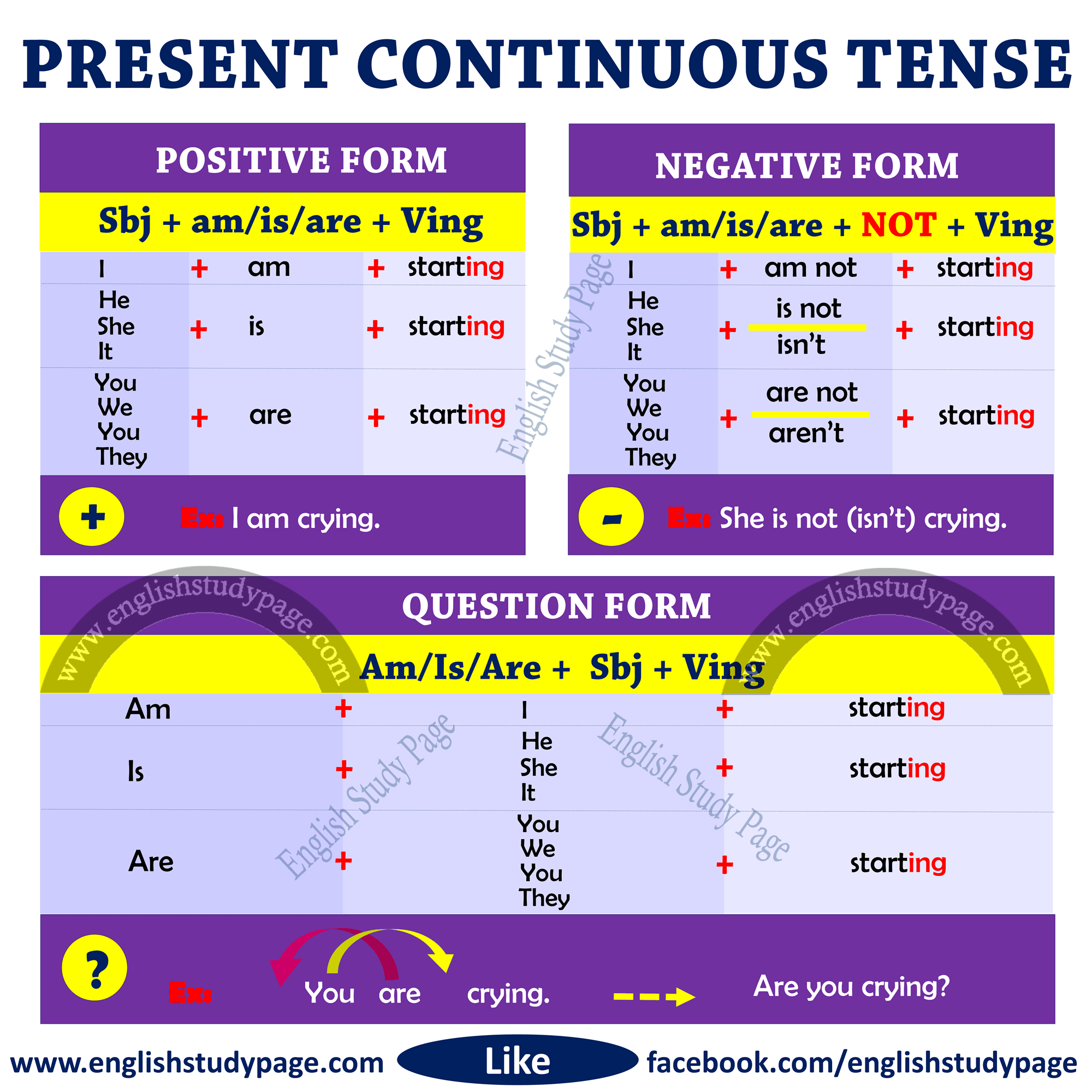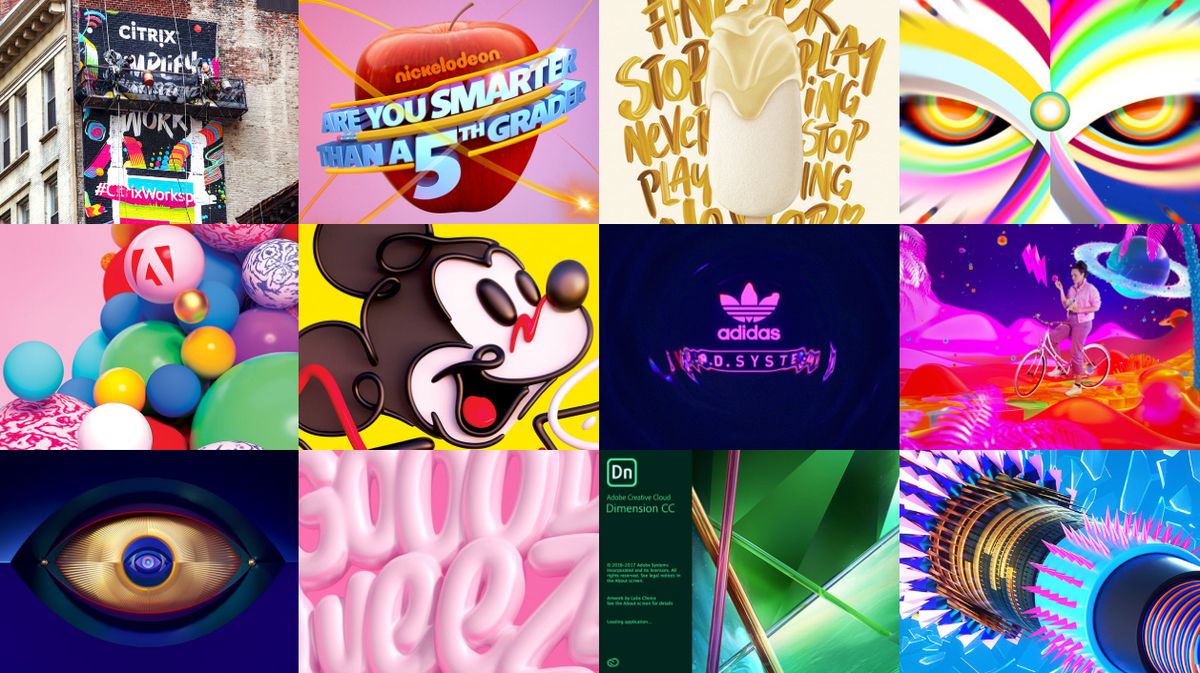Table Of Content

Successful customer-centric product designs are akin to well-executed custom orders. They are precise and efficient because they were developed with the specific requirements and preferences of the user in mind. Companies like Osprey and Apple have distinguished themselves by consistently delivering products that meet their customers’ needs and expectations. A constant emphasis on the customer at every stage of the product design process. By embracing continuous design, teams optimize user experiences and product functionality. It's vital to cultivate a culture of experimentation and flexibility within the organization.
Continuous design: a framework for digital products
This agility enables companies to bring new features and updates to market quickly, gaining an edge over competitors and capturing early adopters. The core idea behind CPD lies in incorporating user-centric design principles and making them an integral part of the entire product development lifecycle. From ideation to implementation and beyond, CPD ensures that customer feedback is actively sought and used to inform design decisions at every stage. The iterative nature of Continuous Product Design enables teams to release smaller, more frequent updates. This not only allows for quicker response to user feedback but also facilitates a culture of continuous improvement.
Key principles of continuous product design
Embrace an iterative process, incorporating feedback and making continuous improvements. As successes accrue, gradually expand the scope of application across your product portfolio. Leveraging data analytics and conducting A/B tests help validate hypotheses, identify trends, and optimize product features based on real user interactions. By rapidly iterating and incorporating user feedback, continuous product design shortens development cycles.
Continuous Product Design: How to Keep Your Products Relevant
Even if you work for months to define the best solution, you’ll still learn lots of things from your potential end users. Learn how Quantum Metric gives business and technical teams a single version of truth, based on the only perspective that matters—the customer’s. Customer support representatives interact directly with users, addressing queries, troubleshooting issues, and providing assistance. They serve as the frontline ambassadors of the product, gaining firsthand knowledge of user pain points and preferences.
Don recently joined Quantum Metric’s advisory board, drawing from decades of building great teams and products at Apple, PayPal, and Express Scripts. Connect with Synaptech today to begin your journey of continuous improvement and market leadership. Launch and evaluation, typically the final stage in traditional design, is a checkpoint in CPD. Traditionally, ideation and conceptualization involve setting the foundation of a product – brainstorming ideas and outlining concepts. Striking the right balance between innovating and maintaining a stable, reliable product is crucial.
Embrace Agile Methodologies
By staying nimble, organizations can capitalize on opportunities and mitigate risks in dynamic market environments. Continuous product design accelerates the time it takes to bring features to market. By regularly refining and updating products, teams can swiftly respond to changing demands and technology. Rapid iteration enables quicker validation of ideas, reducing the risk of lengthy development cycles. This agility enables companies to stay ahead in competitive markets where speed is crucial.
AI and machine learning in product design
They work closely with the product manager, incorporating user feedback and insights to create a product that not only solves the users’ problems but also delights them. Product teams collect user feedback during the testing phase in continuous product design. This feedback is critical as it is used to refine and improve the product before its final launch. Consider the product as a complex project and the customers as the end-users. This feedback is then utilized by the product team to refine and enhance the project over time.
Embracing Innovation: The Power of Continuous Product Design
Insights should be stored somewhere that is transparent, easily accessible and regularly curated and evaluated by the team. Adopting agile development methodologies allows teams to work in iterative cycles and respond quickly to changing requirements. Integration of DevOps practices streamlines product development, facilitating seamless collaboration and efficient delivery. Conduct thorough market research to identify gaps, trends, and opportunities in the market. Gather feedback from customers to understand their needs, preferences, and pain points, which can guide product development efforts.
Ideally, they just show up during the weekly scheduled time, ready to ask the right questions. This way it’s built into the schedule, rather than a spontaneous appearance on your calendar. To effectively run continuous discovery—with a minimum weekly cadence—you have to set up systems to support it.
How generative AI is fueling product development - ETCIO
How generative AI is fueling product development.
Posted: Sat, 15 Jul 2023 07:00:00 GMT [source]
Breaking down silos between design, development, and other departments is a fundamental aspect of continuous product design. Cross-functional collaboration ensures that diverse perspectives contribute to the product's evolution, resulting in a more holistic and well-rounded solution. Not only should businesses focus on perfecting their current products, but they should also be forward-thinking, predicting future trends and customer needs. Kodak's downfall underscores the importance of product design in driving business success, reminding us that to avoid obsolescence, we must embrace evolution. In an era where consumer goods evolve at a breakneck pace, continuous product design and development are the heart and soul of industrial and product design.
Our custom wearable watch is a cutting-edge product that provides real-time monitoring of vital signs and detects sudden falls. It integrates a range of sensors and runs on a tiny lithium-ion battery, and it transmits data over LoRa-based long-range communication for comprehensive health analysis and emergency assistance. We participated in the complete design and proof of concept phase, and we followed the IoT development life cycle to ensure that the product was developed to the highest standards. We participated in the complete design and proof of concept phase of the wearable watch, ensuring that the product was optimized for performance and user experience. Our team of engineers and designers worked together to create a product that is both functional and aesthetically pleasing, making it a great choice for anyone looking to stay safe and healthy.

The business world moves quickly, and staying relevant means constantly improving your products. When I moved into an in-house head of design role, tasked with improving design outcomes across a portfolio of products, these theoretical questions suddenly became pressing practical concerns. I needed a way to show my team and my cross-functional partners how I wanted design to fit in to the bigger picture. Having built a framework primarily to address this need, I am sharing it in the hope that other design leaders will find it useful in their own organisations. When I studied industrial design in the 1990s, a simple design process was baked into the structure of our coursework. We received a brief, did some “pre-design” to better understand the problem, came up with a bunch of concepts, picked one to refine, and built a prototype.
User research in continuous product design plays a crucial role in directing a more profound comprehension of customer needs, preferences, and challenges. Through continuous research, designers can gain comprehensive insights into customer behavior and make informed product decisions throughout the development lifecycle. User research allows teams to examine their users closely and understand their needs and wants. Prototyping is where ideas take form and immediate feedback can be gathered.
This allows quick feedback gathering and design iteration before release. Here’s how to make this approach part of your company culture and workflow, step by step. Continuous product design enables businesses to adapt quickly to changes in the market caused by new technology, regulations, or consumer trends.

No comments:
Post a Comment